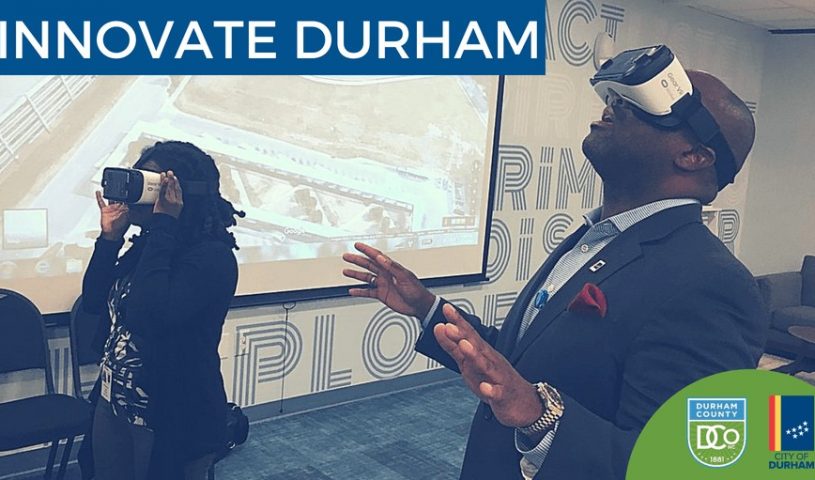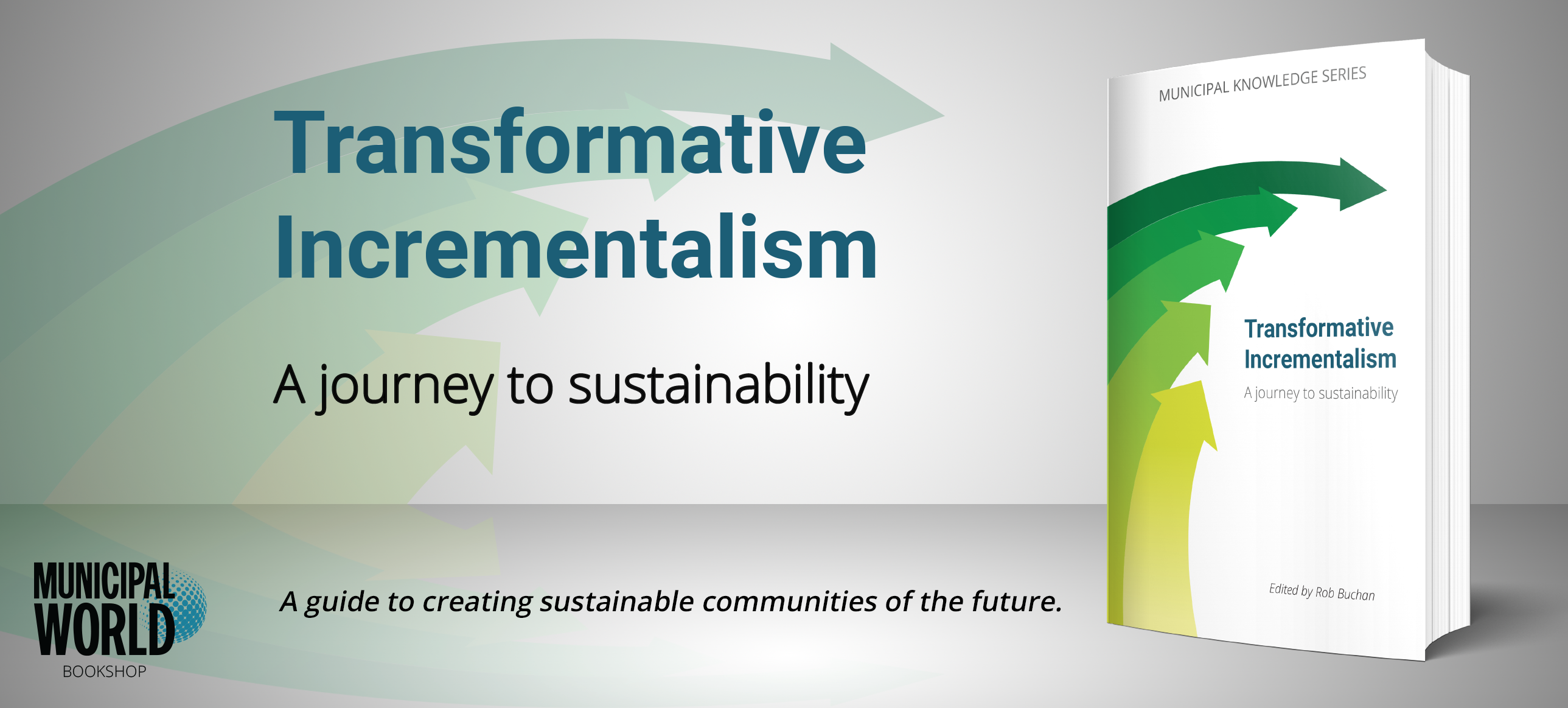Innovating, capacity-building partnership earns award for Durham, NC
 Innovate Durham is a partnership program between startups, entrepreneurs and the City and County of Durham, North Carolina.
Innovate Durham is a partnership program between startups, entrepreneurs and the City and County of Durham, North Carolina.
Innovate Durham is a partnership program between startups, entrepreneurs, and local government that will allow the City and County of Durham, North Carolina, to learn about new technology and trends, create capacity for innovation in each organization, and support local businesses.
Through the program, startups can use the city and county as a lab to test out an idea, product, or service. For 12 weeks, participants are paired with a city or county department to work on a pilot project using an innovative idea or technology.
This program, started in 2017, was showcased during the Transforming Local Government Conference’s Innovation Showcase, where it was recognized with the 2019 J. Robert Havlick Award for Innovation in Local Government.
Robert Havelick Award
Innovate Durham lowers the barrier to entry to work with the city and county and creates space for staff to experiment and prototype new ideas. City and county departments work with small businesses and new technology they normally wouldn’t be exposed to or that wouldn’t apply through a regular RFP process. At the same time, it gives startups an opportunity to take the next step as a business, test assumptions or try out the local government market.
Through the program, the city and county not only support innovation and risk-taking within local government, but also support local entrepreneurs and startups in the community.
As a partnership program, there are two groups acting as initiators through Innovate Durham. The startups and entrepreneurs applying to the program can initiate new ideas or new ways to solve problems within local government. In addition, and department staff also can pose policy challenges to the program that startups apply to solve. This innovation brings new ideas and outside groups into local government that normally wouldn’t work with the city or county. Through the program, local government has developed strategic partnerships with organizations that serve entrepreneurs and startups in North Carolina.
Transferable Knowledge
This solution, according to the presentation, is replicable in other communities. For example, after the city first piloted the program, it expanded in year two to include Durham County, which opened a host of other types of government services that could partner with startups. For any jurisdiction with a startup or entrepreneurial community, a similar program could be set up to create structure around partnering, prototyping and experimenting.
Staff learned a lot from the first year of Innovate Durham and continue to refine and shape the program based on feedback from the participants, department staff, and other stakeholders, such as elected officials. The most significant obstacles staff have encountered are internal support and recruiting diverse participants to the program. Staff created buy-in with departments by working with city and county attorney’s offices to craft agreements with participants that provided department partners the confidence that the program had a legal blessing, which made the process more official.
Direct Outcomes
The direct outcomes of the program are the number of startup partners and projects completed through Innovate Durham.
In the first year, Innovate Durham partnered with four startups, three of which were from Durham and all of which were from the Research Triangle region of North Carolina, and completed four projects with them. In the second year, Innovate Durham is partnering with seven startups, four that are from Durham and all of which have a presence in the Research Triangle region.
The program also focused on recruiting a diverse cohort of companies and has succeeded in that four of the seven are minority-owned or led and three are woman-owned or led.
Ordinary government operations are self-contained and often viewed as “behind the times;” however, Innovate Durham brought in new, progressive ideas and innovations in low-risk ways that allowed technology companies and social entrepreneurs to use local government as a laboratory. The program created a process to give resources to department staff while also lowering the barrier to entry for local companies and entrepreneurs to working with local government. MW
✯ Municipal World Insider and Executive Members: You might also be interested in Joe Flatt’s article: Getting to innovation in municipal government. Note that you can now access the complete collection of past articles (and more) from your membership dashboard.
Related resource materials:



